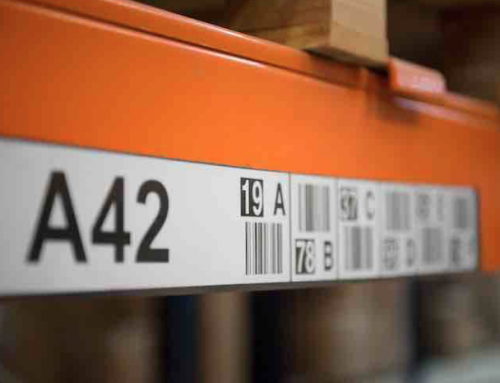It is far too soon to predict the long-term effects of the coronavirus outbreak on the supply chain and the applications that support it. At the moment, businesses are focused on keeping their operations up and running to meet whatever demand there is for their products. For some it is a matter of survival. However, even in the depths of the crisis, there may have been glimpses of the future.
Supply chains have – by and large – coped very well. While many organisations had planned and tested crisis management processes, few will have foreseen the precise nature of this emergency. Initial peaks well above normal patterns were caused by businesses placing larger than normal orders to cope during the emergency and retail customers “panic buying” from supermarkets. Once the initial shock of these had worked through the system, delivery patters returned to a relative normality. This is due in no small part to the resilience of the physical supply chains and supporting infrastructure that has been planned and built into the system over many years.
One lesson that may have been learned is that working from home – or more generally remotely – is possible for far more people than previously thought. This has required a cultural shift for workers and employers who have always accepted that staff must congregate in centralised locations to be effective. Only time will tell whether any changes are permanent or temporary. For technologies such as “video conferencing” this may be the game-changing moment that has led to greater acceptance and usage.
With warehouse management there will, of course, always be a need for “boots on the ground” – people doing the physical work. But It is clear other aspects can be executed remotely, especially if the infrastructure is in place. This is one area where cloud-based solutions have an advantage over traditional applications because they are designed from the ground up for remote operation and management. These applications can be used from any location at any time on any suitable device. Appropriate security and access controls are managed by the application. One person can oversee multiple sites or operations without being physically present which is good for productivity and flexibility.
Traditional systems, on the other hand, are generally not set up for much if any remote access or management. That means someone needs to be “on site” to deal with day to day management as well as unexpected issues. In this context, especially for multi-site operations, cloud-based solutions can offer greater resilience if two or more people are authorised users. Any one of them can oversee any part of the operation. This removes a critical potential point or failure associated with fixed-location system – someone does not turn up to work.
Another operational advantage of cloud-based solutions may be useful during a crisis. The core application is developed, managed, updated, and hosted by the solution provider. The end user does not need to worry about software updates, feature enhancements, data backups, or ongoing maintenance. This can remove a significant time and technical burden for the end user.
Cloud-based solutions are highly scalable and can generally be up and running more quickly than conventional systems. This can be useful when setting up temporary supply chains or new routes to market in response to rapidly changing demands, such as during the crisis. Cloud based solutions offer a wide range of standard features – more than enough for most warehouse operations – but relatively little bespoke capability. They have industry-standard API interfaces to integrate easily with existing business applications and the ability to import data simply from a range of sources. All of this means that they can be implemented very quickly, with new users added or removed when required to provide scalability. Solution providers generally charge monthly for the number of users, and are not subject to long term contracts, so costs only increase when they can be justified by the growing size of the operation. But they can also decrease if demand reduces. Conventional systems, on the other hand, are generally built (and priced) for a specific number of users with most costs loaded up front.
Lessons learned from the coronavirus crisis will probably show that businesses with resilient and flexible supply chain infrastructures and supporting applications were better placed to cope with the unforeseen and unprecedented patterns in demand. Whatever lessons are learned they will help businesses large and small to plan for future crises with resilience to better ensure business continuity. The many advantages of cloud-based solutions over traditional systems should mean they can be part of that planning.






